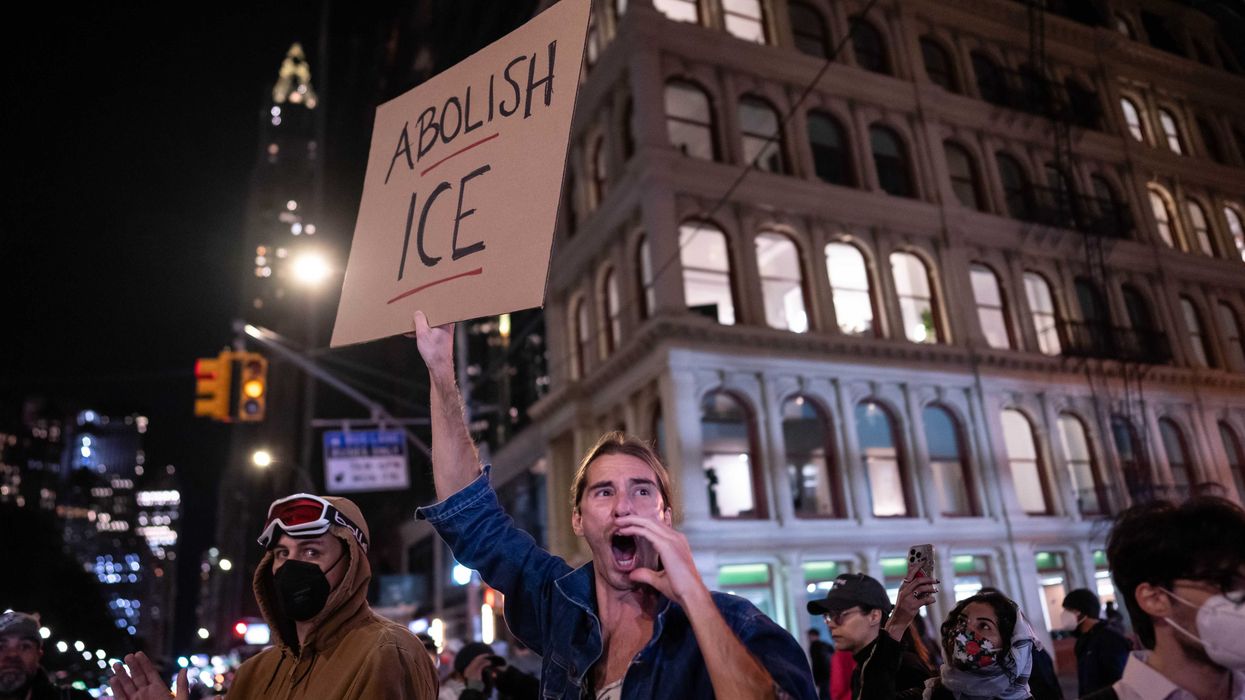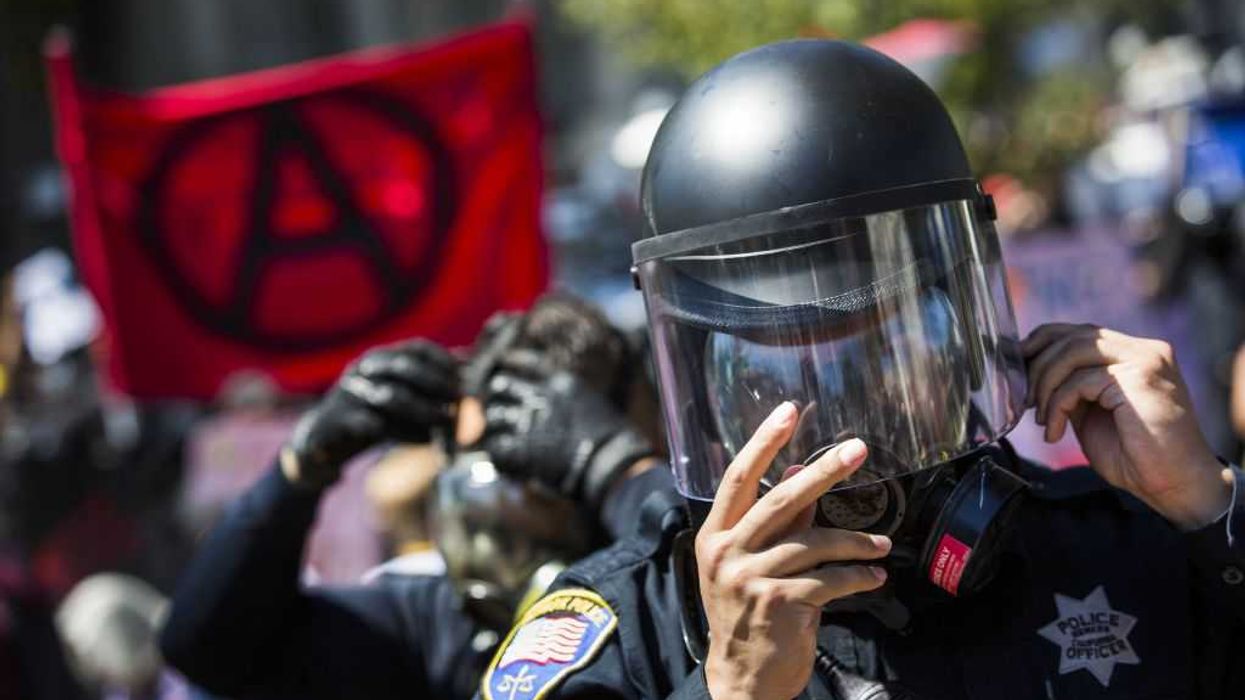When a white supremacist rammed his car into a crowd of people --- killing one and injuring several others --- fears ran rampant that this act of political violence was the new normal.
Neo-Nazis brazenly marched through the streets of Charlottesville, Virginia on August 11, 2017, holding tiki torches and chanting “blood and soil,” a Nazi slogan combining racial identity and national pride together. The Unite the Right rally was intended to protest the removal of a General Robert E. Lee statute, but it was more than just a protest about Confederate history. It was a march for nationalism, with all its ugly cousins --- white supremacy, racism and xenophobia --- along for the ride.
The following day was marked by violence as countless protesters and counter-protesters were injured after clashing with each other. Heather D. Heyer was killed when James Alex Fields Jr., a Nazi sympathizer, drove his car through a crowd of counter-protesters.
The rally would prove to be a PR disaster for the alt-right and its more extreme compatriots. As if their ideas weren’t abhorrent on their own, now they had a death attached to their movement. The moment marked the beginning of the downward spiral to irrelevance for the alt-right, but at the time the movement was front and center.
The moment marked the beginning of the downward spiral to irrelevance for the alt-right.
Countless articles and news segments followed Charlottesville, with many fearing more violent riots were certain to happen. The body count would continue to climb as far-right agitators grew emboldened by an indifferent White House, targeting the most vulnerable and marginalized communities.
Several media outlets from the progressive Jezebel to the British magazine, The Week, described the moment as a turning point. In January, Jonathan Greenblatt wrote in The Atlantic that, “The “Unite the Right” rally in Charlottesville last August was a watershed moment for the white-supremacist movement.” Greenblatt argued that white supremacist activism was visible, no longer relegated to the darkest corners of the internet.
This increased visibility might have done more harm than help the alt-right and other far-right movements. At least one participant of the Unite the Right rally was fired from his job after people identified him from photos of the rally posted online. Fields was arrested for murdering Heyer and now awaits trial.
Republicans and Democrats alike decried the vitriolic hate demonstrated by the marchers and denounced the violence. While President Trump’s response was lackluster and noncommittal, other high ranking White House officials, like Vice President Mike Pence and former national security adviser H.R. McMaster, sharply condemned what the president would not.
Now the far-right seems to be struggling to remain relevant.
Now the far-right seems to be struggling to remain relevant. Richard Spencer, perhaps the most prominent neo-Nazi around, is considering cancelling his alt-right speaking tour. Spencer announced the decision in March 2018 after his supporters clashed with protesters outside Michigan State University.
“When they become violent clashes and pitched battles, they aren’t fun,” Spencer said, as USA Today reported.
While Spencer blames the aggressive tactics of Antifa --- a far left coalition --- for canceling his tour, it is possible the cancellation is more related to his bank account than his adversaries. Spencer had to fight a legal battle to even win MSU as a venue and, after wading through the courts, only 20 people attended his speech. A previous speaking event at the University of Florida in October 2017 also saw protesters vastly outnumbering Spencer’s supporters.
“The Unite the Right rally was so toxic for the alt-right’s image that some members started arguing that in-person protests were bad publicity for the cause,” Kelly Weill wrote for the Daily Beast in late March.
Richard Spencer isn’t the only one quickly losing relevance. The Traditionalist Worker Party, a white supremacist group, is fracturing after the arrest of Matthew Heimbach, the head of the party. He was arrested after he allegedly assaulted TWP spokesperson Matthew Parrott, whose wife Heimbach was allegedly sleeping with.
“The high-profile bust was an accelerant in what had been a slow-burning feud among the alt-right,” Weill wrote.
The alt-right was never a concrete party, merely a conglomerate of various groups and activists. With all the infighting, legal woes, and disastrous media coverage, an already-shaky alliance is beginning to implode.
This doesn’t mean the threats to a free society that the alt-right promotes have vanished. White supremacist and neo-Nazis still have the potential to be dangerous. A cornered animal tends to lash out.
Threats to a free society never truly go away.
Anti-immigrant sentiments, which the alt-right proudly promotes, are still going strong. President Trump continues to rally his base on the idea of building a wall between the U.S. and Mexico border. ICE continues to violate civil liberties, ripping apart families as they pursue and deport undocumented immigrants.
Threats to a free society never truly go away. The alt-right may fracture, splinter, and fight amongst each other until whatever emerges from the other side is scarcely like the original, but the insidious ideas at the heart of the movement do not disappear. Richard Spencer may fall out of favor among his like, but another will likely take his place.
Advocates of a free society should continue to be vigilant and denounce illiberalism in whatever form it takes, whether its the brashness of the alt-right or the soft authoritarianism of the current White House administration.

 Harold M. Lambert / Contributor | Getty Images
Harold M. Lambert / Contributor | Getty Images
 Adam Gray / Stringer | Getty Images
Adam Gray / Stringer | Getty Images Anadolu / Contributor | Getty Images
Anadolu / Contributor | Getty Images Brandon Bell / Staff | Getty Images
Brandon Bell / Staff | Getty Images